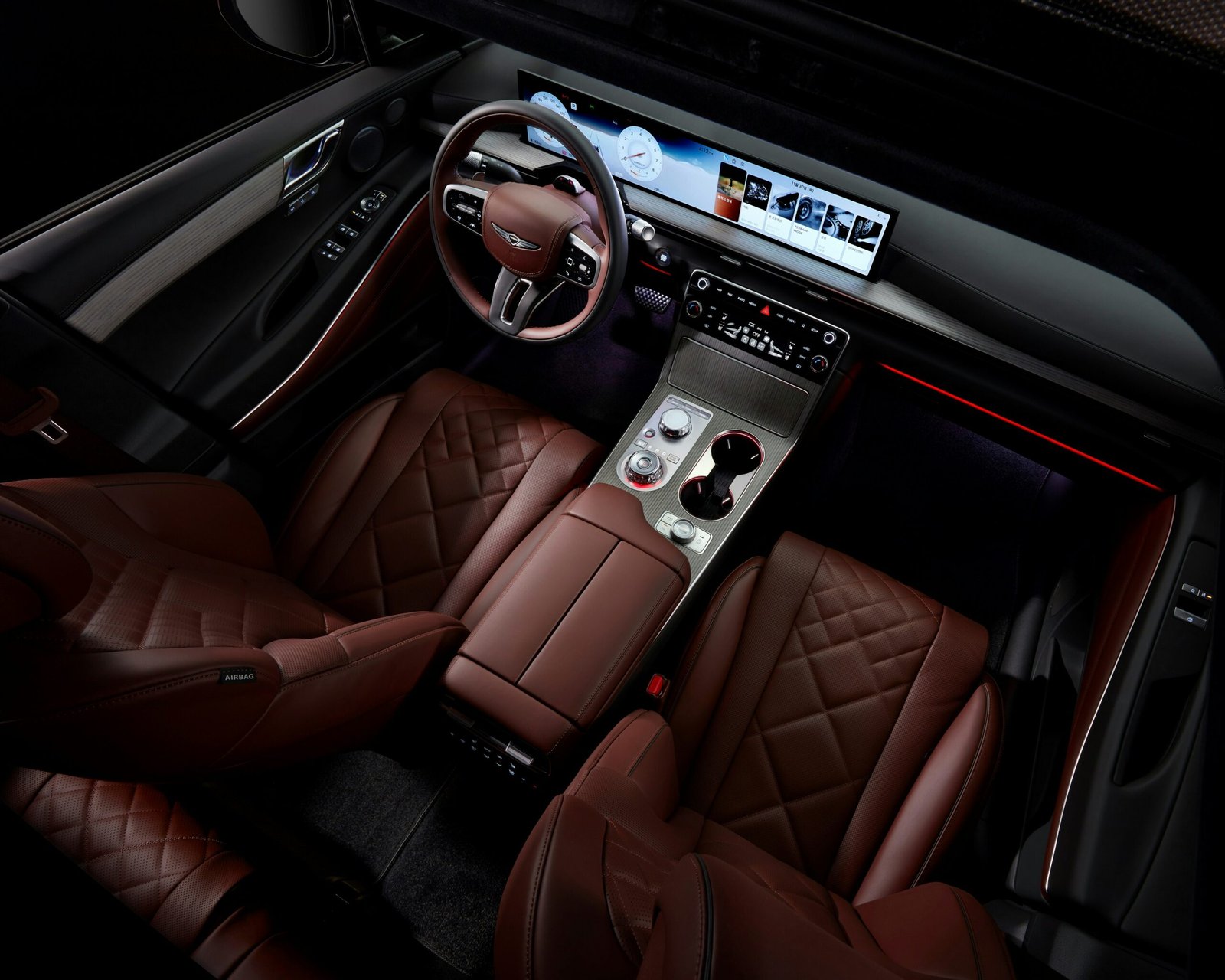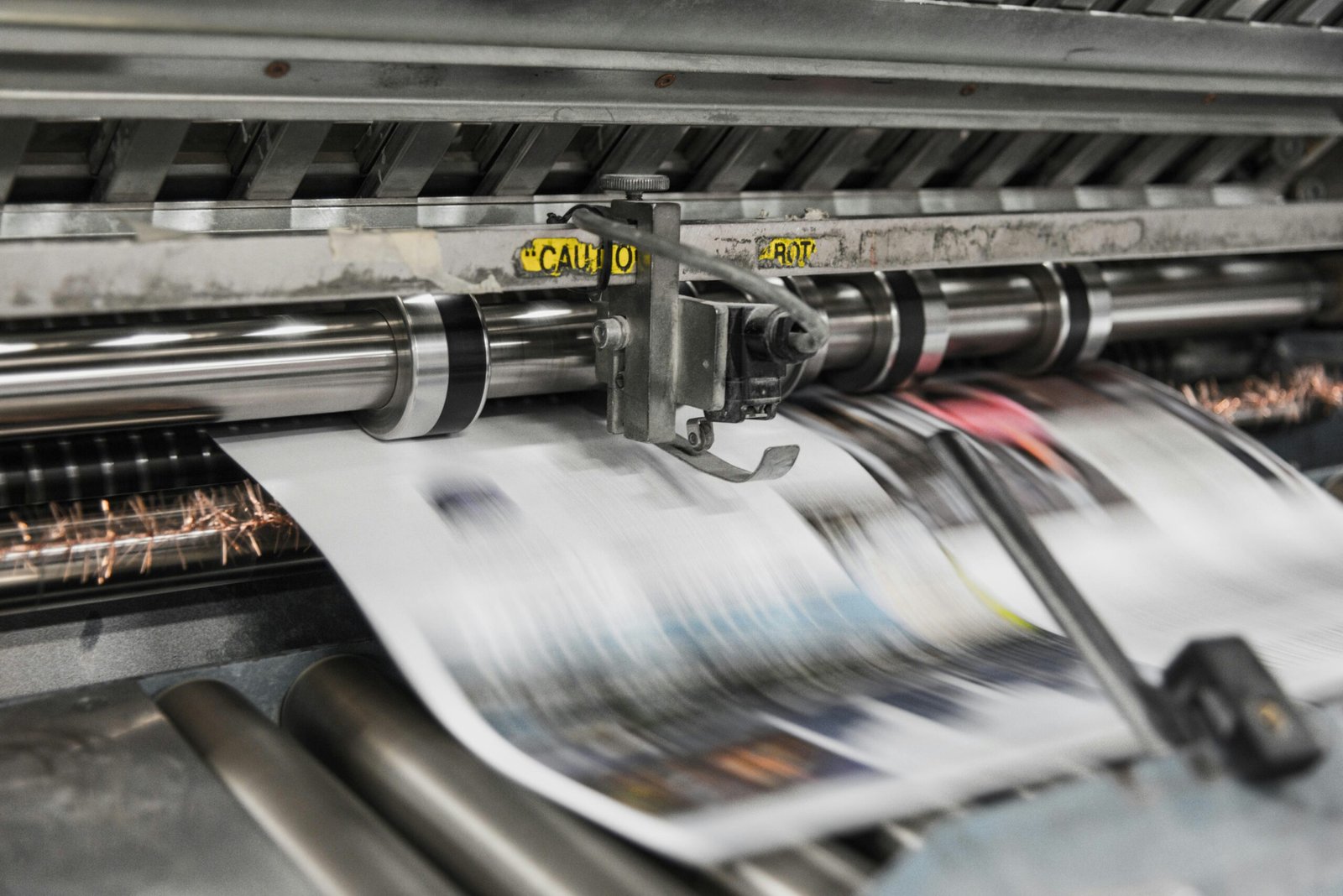Bayerische Motoren Werke, commonly referred to as BMW, was founded in 1916 in Munich, Germany. The company originally focused on the production of aircraft engines, responding to the needs of the military during World War I. This venture quickly established BMW as a leading manufacturer in the aerospace industry, gaining a reputation for high-quality engineering and performance. As the war concluded, the Treaty of Versailles severely limited Germany’s ability to produce aircraft, prompting BMW to adapt and diversify its offerings.
In 1923, the company made a strategic shift into motorcycle manufacturing, launching the BMW R32 model. This motorcycle featured innovative engineering, including a horizontally opposed engine and shaft drive, which became hallmarks of BMW’s design philosophy. The success of the R32 solidified BMW’s status in the motorcycle market, paving the way for the brand’s eventual foray into automobiles.
By the late 1920s, BMW had expanded its portfolio to include automobiles, with the introduction of the BMW 3/15 in 1929. This model was notable for being one of the first cars to be produced in significant numbers, allowing BMW to establish a solid presence within the automotive industry. Throughout the 1930s, BMW continued to innovate and refine its product lines, launching iconic models such as the BMW 328 sports car, which earned acclaim for its engineering and racing success.
The legacy of BMW is deeply rooted in the company’s name—Bayerische Motoren Werke, which translates to Bavarian Motor Works. This name not only reflects its geographic origins but also underscores the brand’s engineering prowess and dedication to quality. These foundational elements have continued to shape BMW’s identity across its evolving ventures in aviation, motorcycles, and automobiles, reinforcing its standing as a hallmark of luxury and performance in the global automotive landscape.
The Meaning Behind the Acronym: Breaking Down BMW
The acronym BMW stands for Bayerische Motoren Werke, which translates to Bavarian Motor Works in English. This nomenclature is reflective of the company’s origins and the deep-seated values that continue to influence its operations today. Each component of the acronym carries considerable significance that speaks to both its heritage and mission within the automotive sector.
The word “Bayerische” establishes a clear geographical and cultural identity, signifying the brand’s roots in Bavaria, Germany. This region is known for its rich history and tradition of craftsmanship, and by incorporating the name “Bavarian,” BMW encapsulates a sense of pride and authenticity that resonates through its lineup of vehicles. The choice of a geographical identifier also implies a commitment to local production and a strong connection to the community where the company was founded.
Lastly, “Werke,” meaning “works,” refers to the facilities where these motors are engineered and manufactured. It signifies a commitment to craftsmanship and precision, inherent in the production processes that have made BMW vehicles renowned for their quality and performance. Thus, the term “works” not only represents the physical plants but also embodies the dedication to excellence that defines the brand as a whole.
In essence, the acronym BMW serves as a concise representation of the company’s heritage and its unwavering commitment to quality and precision in automobile manufacturing.
BMW’s Evolution: From Engines to a Global Luxury Brand
BMW, which stands for Bayerische Motoren Werke, began its journey as a manufacturer of airplane engines in 1916. The company’s original focus on aviation technology laid the groundwork for its expertise in engineering and precision manufacturing. Following the end of World War I, BMW faced challenges due to restrictions on aircraft production, prompting a significant shift in strategy. In 1923, the company transitioned to motorcycle production, launching its first motorcycle, the R32, which solidified BMW’s reputation for performance and innovation.
The real turning point for BMW came in the late 1920s when the company ventured into automobile manufacturing. The 1933 release of the BMW 303, featuring the brand’s signature kidney grille, marked BMW’s entry into the competitive automotive market. Over the decades, BMW established itself as a symbol of luxury and performance. The introduction of iconic models like the BMW 328, known for its racing prowess, showcased the brand’s commitment to innovative design and engineering excellence.
As BMW continued to evolve, it implemented strategic branding initiatives, positioning itself as a leader in the luxury automobile segment. The launch of the “Ultimate Driving Machine” campaign in the 1970s effectively communicated BMW’s focus on quality and performance. Moreover, the brand’s ability to adapt to changing consumer preferences has been instrumental in its success. In recent years, BMW has embraced sustainable practices, launching electric and hybrid models under the BMW i sub-brand. This shift underscores the brand’s commitment to innovation and its responsiveness to environmental concerns.
Throughout its evolution, BMW has maintained a delicate balance between heritage and modernity, ensuring that while the company embraces new technologies and trends, it remains rooted in the principles that have defined the brand for over a century. As BMW continues to navigate the automotive landscape, its legacy as a leading global luxury brand remains firmly intact.
Cultural Impact and Recognition of the BMW Brand
BMW has established itself as a formidable symbol in the automotive landscape, transcending mere transportation to embody a lifestyle characterized by luxury, performance, and innovation. The cultural significance of the BMW brand can be observed in numerous dimensions, notably through its representation in films, music, and advertising. The brand has been frequently featured in various film genres, serving as a status symbol for characters, thus solidifying its prestige within popular culture. Iconic films such as “The Transporter” and the “Fast and Furious” series showcase BMW vehicles, associating them with a sense of adventure and exhilarating speed, further enhancing their allure.
In the realm of music, BMW has often found its place in hip-hop and pop culture, where artists emphasize the brand as a hallmark of success. Lyrics celebrating driving a BMW not only reflect individual achievements but also reinforce the brand’s identity as a marker of social status. This integration in music showcases how the brand resonates with younger audiences, fostering a profound connection beyond just the automotive experience.
Advertising campaigns from BMW have also played a critical role in reinforcing its image as a leader in the automotive sector. The brand’s strategic marketing efforts emphasize innovation and quality, effectively appealing to discerning consumers. Furthermore, BMW’s substantial investment in motorsports has enhanced its reputation for performance and engineering prowess. The brand’s successes in racing competitions have cultivated a perception of reliability and speed that is deeply ingrained in its identity.
Over the decades, BMW has successfully cultivated a loyal customer base, characterized by a group of enthusiasts and brand advocates. This commitment is fueled not only by the product’s engineering excellence but also by the community aspect that the brand promotes through events, driving experiences, and forums. This sense of belonging, combined with BMW’s legacy of excellence, continues to ensure its cultural prominence on both a national and global scale.


